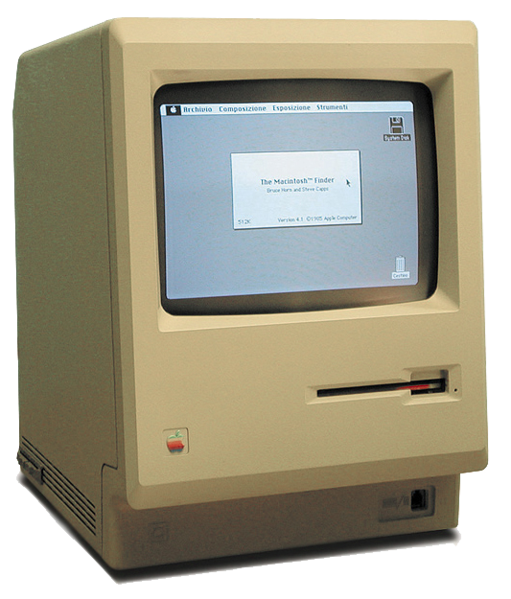Today in the NY Times there’s an article about NASA’s new Solar Dynamics Observatory. Check out this amazing video of the sun in action.
The sun was on my mind today anyway, it being so nice and cloudless outside. But days like today also cause me anxiety. I’m a fair-haired sunburn-prone type, and my dad died from skin cancer, a combination of Scandinavian genes and long hours as a young guy on a ladder helping Grandpa paint houses, plus many more hours on boats and beaches with no sunblock. I stick to the shade, wear hats and generally play it very safe, but still, I feel some dread about the amount of radiation I’m getting from the great thermonuclear reactor in the sky.
My dread does have an upside. It’s fueled a lot of fascination. The sun is a bottomless source of interest if you’re a science geek like me. Continue reading “Here comes the sun”





